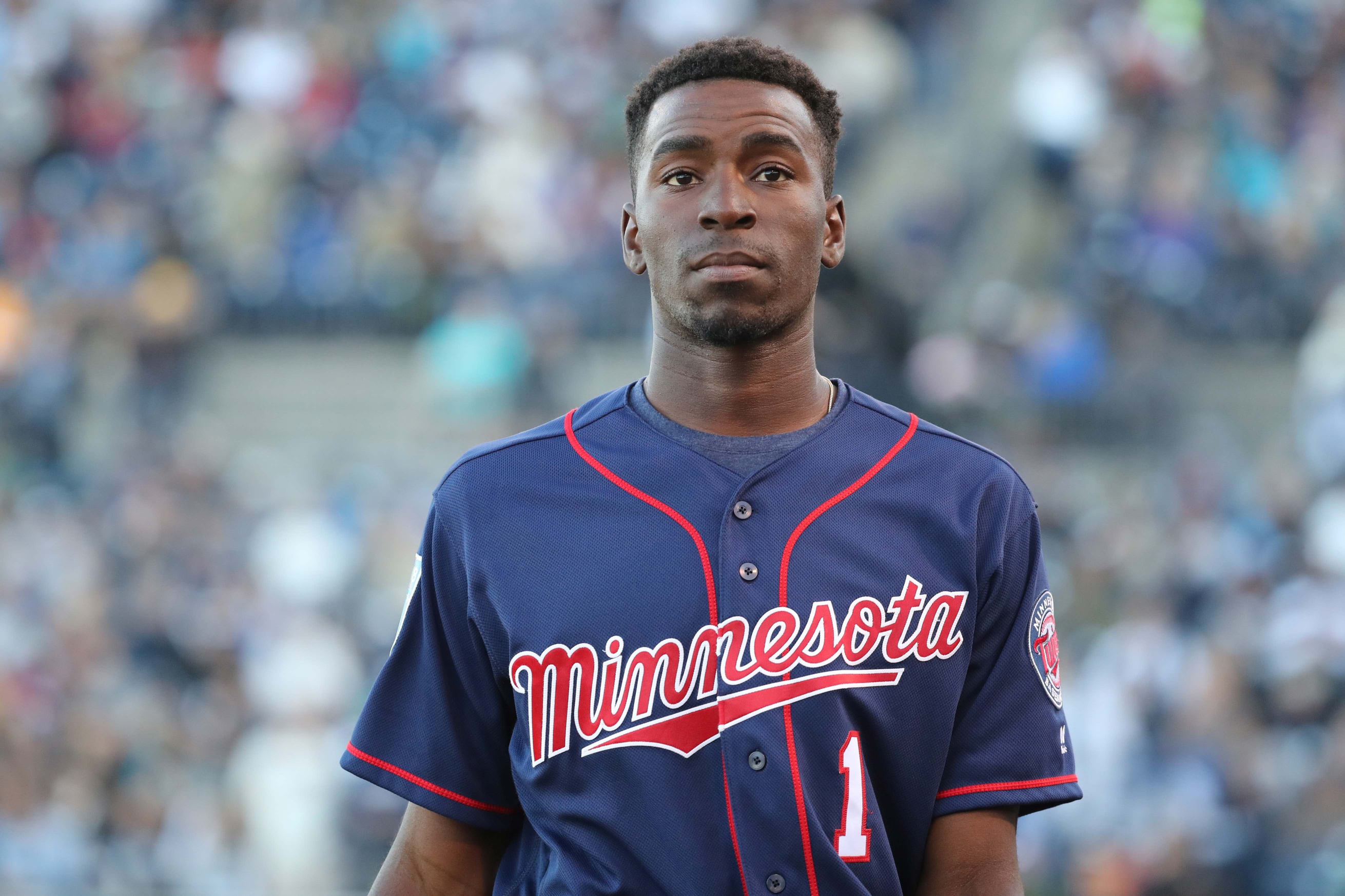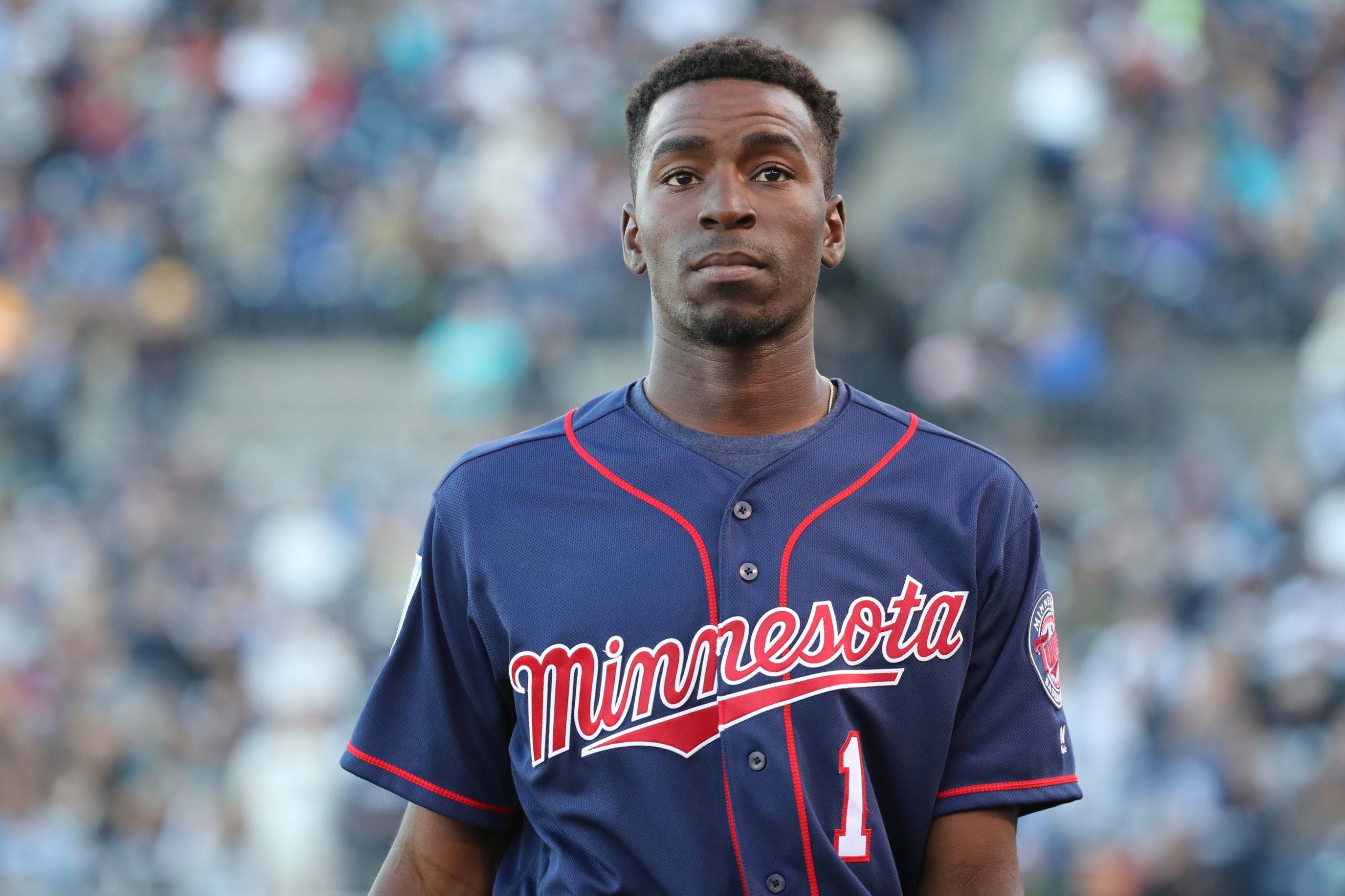
If the Twins have any holes on their roster, outside of pitching, of course, it is in the middle infield. Fortunately, one of their most Major League ready prospects is shortstop Nick Gordon. Or at least, that’s how it appeared coming into the season. Unfortunately, Gordon has struggled mightily with the bat in Rochester this season, and his potential debut has been delayed.
The Twins need Gordon to come up ready to hit next season. Even after the trade deadline exodus, the Twins have plenty of good fielders in the infield, and they don’t need Gordon to join the roster prematurely if he is only ready on defense. Jorge Polanco is more than competent with the glove and at the plate, while Ehire Adrianza is seemingly still a better offensive option than Gordon. The Twins are close enough to real contention that they won’t voluntarily take a step back just to get Gordon on the MLB roster.
With an OPS of .541 in Rochester, one could reasonably worry about Gordon’s development, and it certainly plays a huge role in why he is still with the Red Wings and not the Twins. Fortunately for both the Twins and for Gordon, the numbers are not reflective of the process. His peripheral numbers don’t suggest that Gordon is overmatched at all, actually.
The first place I would look to see if a player is struggling to handle pitching is his strikeout rate, which is presently at 19.2% in Rochester. Last season, in AA it was actually higher, sitting at 23.2%. His walk rate is down, but sits about where it had been in the low minors. He is doing fine with pitch recognition, at least.
The next place I would go is to look at his batted ball distribution. He got off to a great start in Chattanooga at the beginning of the season, which likely skews the perception of how Gordon should be hitting. In truth, his line drive rate is akin to what it was in the low minors, and he is actually popping out less than he did last year in Chattanooga. He’s not making great contact, but there is nothing to indicate that it is because he is lost against better talent.
If there is any indication that Gordon isn’t quite ready, it’s that his power production is reduced. He is only hitting a home run on abbot 2% of his fly balls, which is extremely low (Joe Mauer, for reference, is at a 6% clip even this year), but is again akin to what he produced in the low minors, and may be a representation of his skill set. I think the Twins will monitor his isolated power production, but not let it dictate whether or not Gordon is MLB ready.
That leaves hs batting average on balls in play, which is way, way down. His BABIP sits at .258, a full 100 points lower than it has been at Chattanooga orr the low minors. For someone who makes decent contact and is fleet of foot. This is more than a simple correction, too, as he is producing a BABIP that is below what Logan Morrison produced for his career, and to my knowledge, Gordon isn’t getting shifted.
This is something that should theoretically sort itself out, especially if his contact levels remain where they are at, and he should be a reliable .270-.290 hitter with an OBP that will only increase as he gets comfortable in the Majors.
To answer the question posed by the headline of this article, I think we will see Gordon for the first time in September, as the Twins will feel comfortable with his numbers being a product of bad luck, rather than bad technique or effort. How long he sticks on the MLB roster will depend on whether his luck turns around.
Add The Sports Daily to your Google News Feed!
